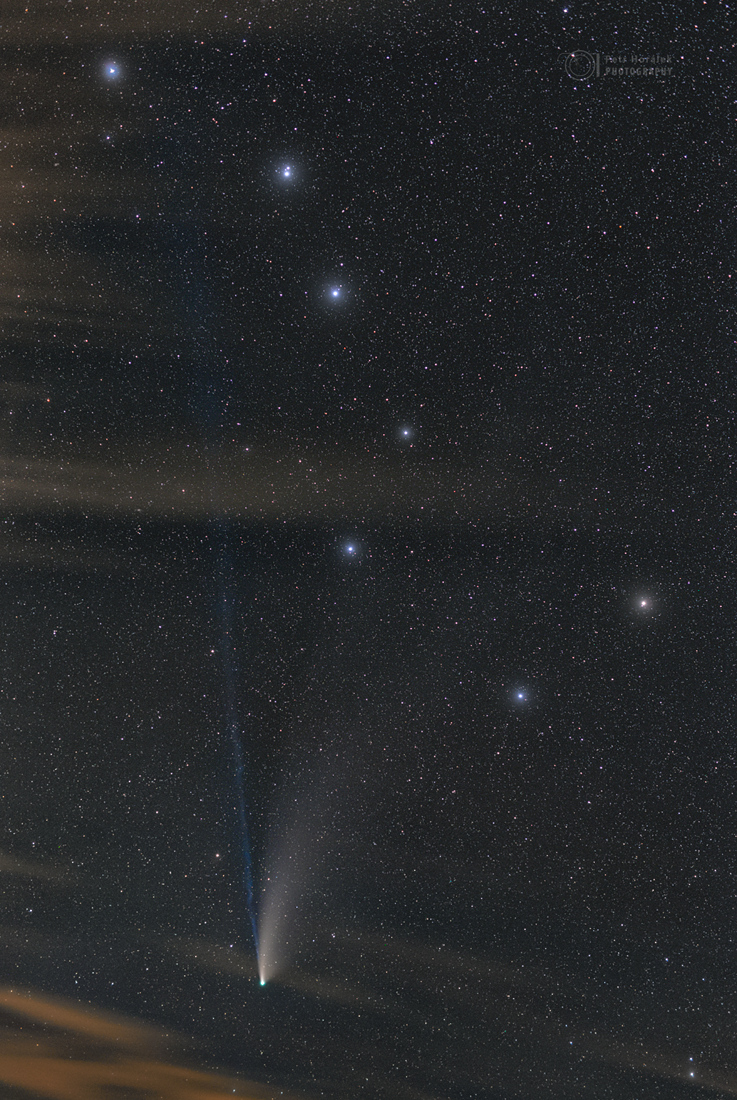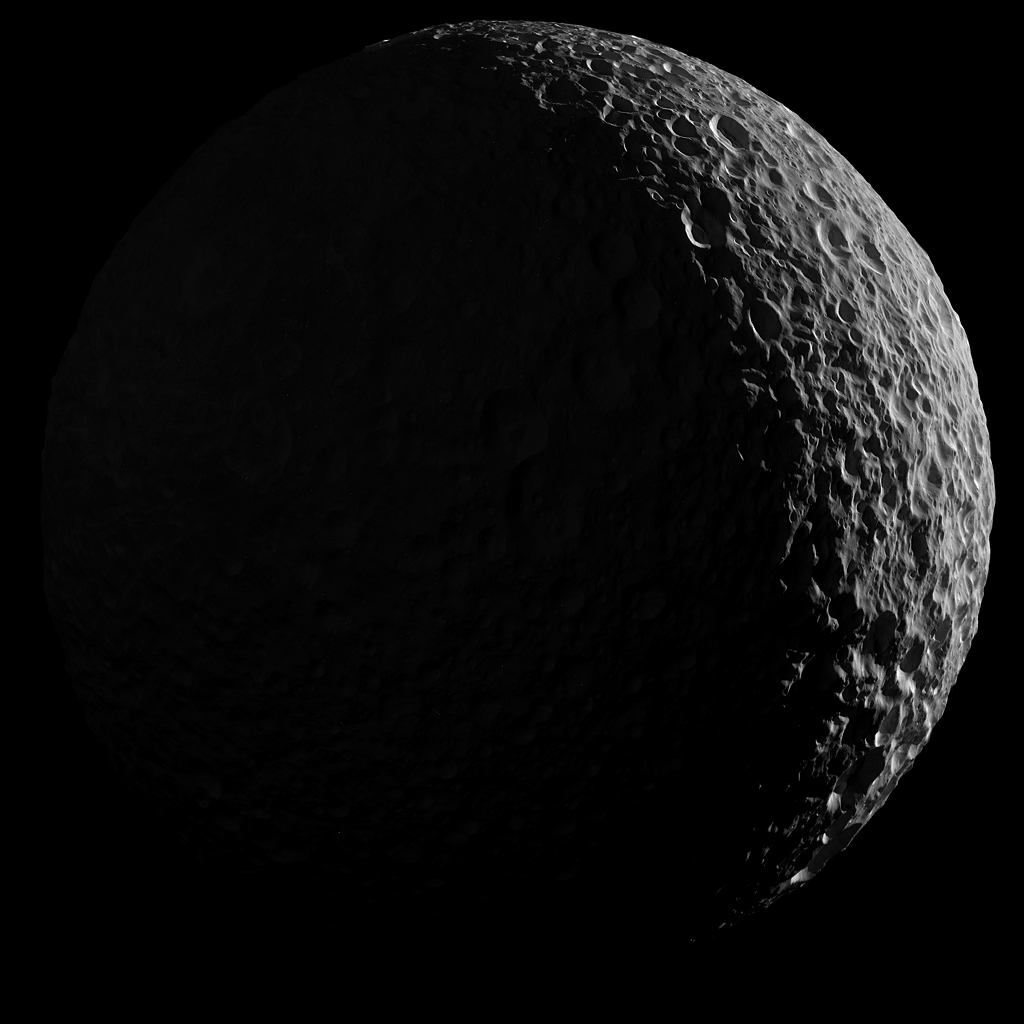NASA will provide coverage of the upcoming prelaunch, launch, and docking activities for the agency’s Boeing Orbital Flight Test-2 (OFT-2) mission to the International Space Station.
from NASA https://ift.tt/3fhweo5
via IFTTT![]()
NASA will provide coverage of the upcoming prelaunch, launch, and docking activities for the agency’s Boeing Orbital Flight Test-2 (OFT-2) mission to the International Space Station.
from NASA https://ift.tt/3fhweo5
via IFTTT![]()

The following are statements from Margaret Vo Schaus, NASA Administrator Bill Nelson, and Deputy Administrator Pam Melroy on Friday’s U.S. Senate confirmation of Schaus as NASA’s chief financial officer:
from NASA https://ift.tt/37cIL7y
via IFTTT![]()
NASA has extended a contract to companies around the United States to provide spaceflight hardware, software, and mission integration and operations services on a commercial basis for the agency’s International Space Station Program in support of the commercialization of low-Earth orbit.
from NASA https://ift.tt/3zRSGM5
via IFTTT![]()
The following is the NASA statement in response to the U.S. Government Accountability Office (GAO) decision released Friday on the human landing system protest:
from NASA https://ift.tt/2Vnr6Yo
via IFTTT![]()
NASA has selected SaiTech Inc., a woman-owned small business based in Bethesda, Maryland, to provide information technology services at the agency’s Stennis Space Center near Bay St. Louis, Mississippi.
from NASA https://ift.tt/3zNEYdc
via IFTTT![]()

To mark the 10th International Space Apps Challenge, the largest annual global hackathon in the world, NASA is collaborating with nine space agency partners to bring the event to even more communities Oct. 2-3, 2021.
from NASA https://ift.tt/2WuubGp
via IFTTT![]()
NASA will host a media teleconference at 4:30 p.m. EDT today, Thursday, July 29, to discuss the status of International Space Station activities.
from NASA https://ift.tt/3BXQKn6
via IFTTT![]()